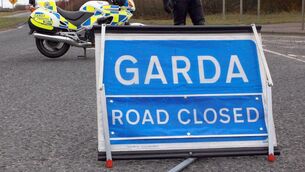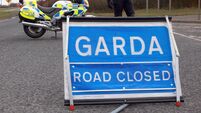Figures show improved A-level results
The number of school-leavers in Northern Ireland achieving two or more A-levels has jumped by 7% in just five years, it was announced today.
The British Department of Education said the numbers achieving the qualifications, or an equivalent, had risen to 42.1% by 2003/04.
At the same time, the number of school leavers achieving at least five GCSEs at A*-C, or an equivalent, had increased 3.3% to 60.4% over the same period.
However the number of school leavers with no GCSEs had also increased from 4.6% to 5.7% over the five years. Almost twice as many boys as girls had no qualifications.
The proportion of school leavers continuing on to institutions of Higher Education increased 5.9% to 35.9% in 2003/04, while at the same time there was a 4.6% drop to 26.5% in those continuing to Further Education institutions.
The proportion of pupils who were unemployed after leaving school edged up minimally over the five years, from 4% to 4.4%.
Girls are continuing to outshine their male counterparts in terms of qualifications, with 44.2% of girls achieving three or more A-levels or equivalent last year, compared with 30.2% boys.
Just over 50% of girls achieved at least two A-levels compared with 34.25 of boys.
It was a similar story for GCSE school leavers. The proportion of girls getting at least five grade A*-Cs was 67.5%, as opposed to 53.5% of boys.
Schools under Catholic management did better than those which are not. Some 81.7% of pupils at Catholic grammar schools achieved wo or more A-levels , as did 22.3% of pupils at Catholic-managed secondary schools.
The corresponding figures for non-Catholic schools were 79.4% and 14.4%.
Overall the proportion of grammar school pupils achieving at least two A-levels increased over the five years from 73.3% to 80.4%, whereas the proportion achieving at least five GCSEs at grades A*-C increased from 95.4% to 95.9%.
The figures showed also that far more girls stick at education after school than boys. Some 71.7% of girls went on to institutions of Higher or Further Education, while only 53.5% of boys did so.












